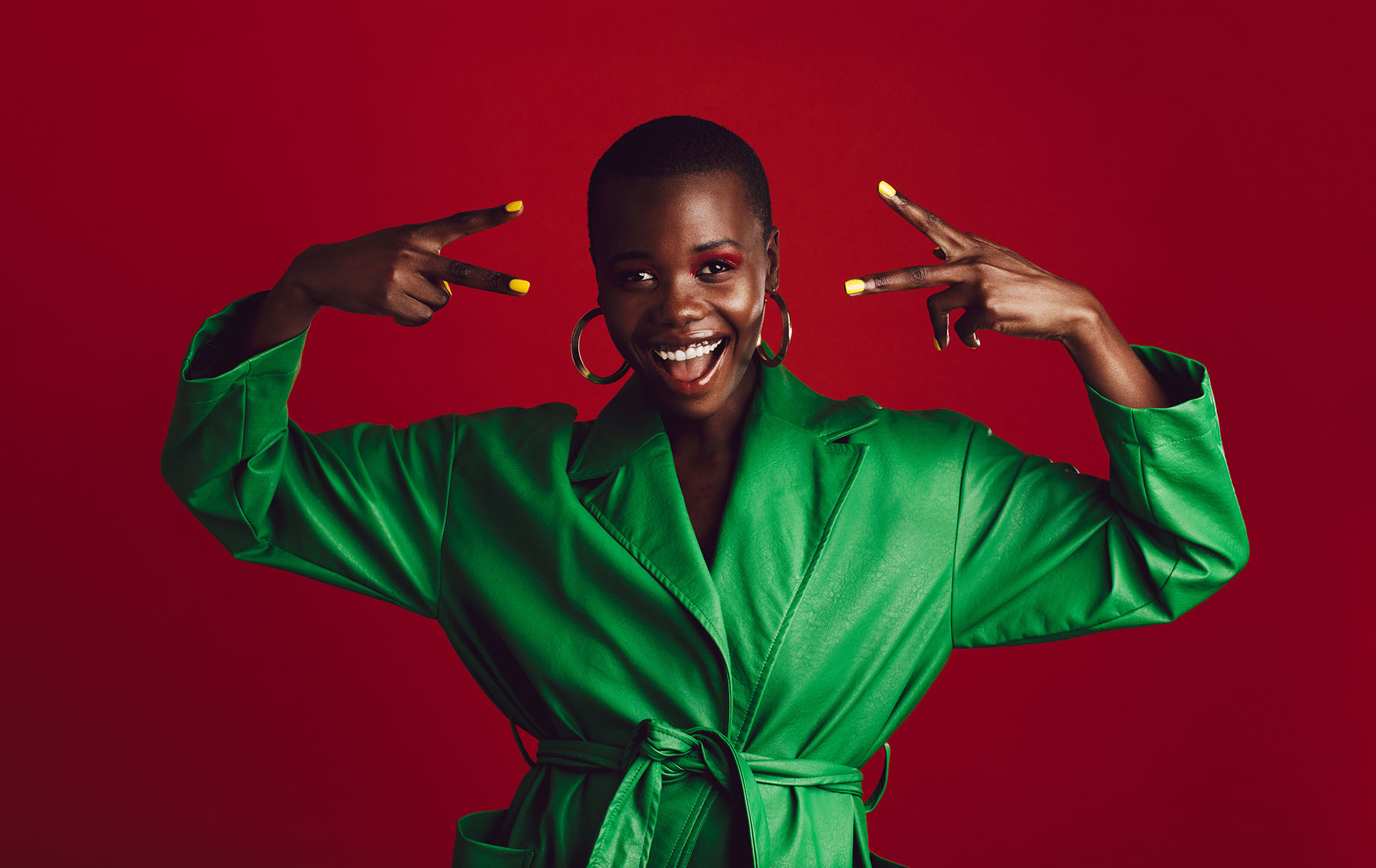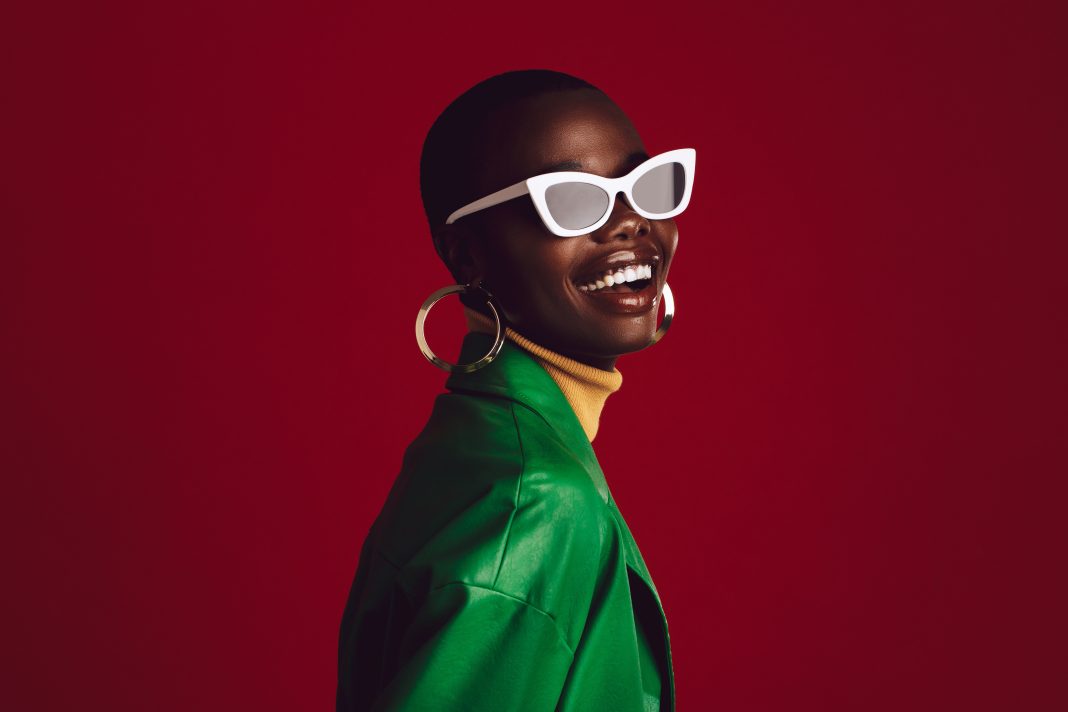Having style means having a distinctive and unique way of expressing oneself through the way one dresses, behaves, or creates. It involves a combination of personal taste, creativity, and a sense of self-awareness.
Having style often involves an ability to select clothing and accessories that are both fashionable and complementary to one’s individual body type, coloring, and personality. It also means knowing how to put together an outfit or look that is visually appealing and coherent.
Style can also refer to a broader sense of creativity and self-expression, such as in music, art, or writing. In this sense, having style involves developing a unique and recognizable voice or aesthetic that sets oneself apart from others.
Ultimately, having style is about being confident and comfortable in one’s own skin, and using one’s unique creativity and individuality to make a statement or express oneself in a distinctive way.

Having style is not just about following trends or copying others.
Having style is not just about following trends or copying others. It’s about developing a sense of self-awareness and an understanding of what works best for oneself. This may involve experimenting with different styles and trends, but ultimately, it’s about finding a personal style that is authentic and true to oneself.
In addition to fashion and creative expression, having style can also extend to how one behaves and interacts with others. This may involve having a certain level of charisma, confidence, and charm that sets one apart from others. It can also involve having good manners, being gracious and considerate, and projecting a positive attitude and energy.
Ultimately, having style is a reflection of one’s personality, creativity, and individuality. It’s not something that can be bought or copied, but rather, it’s something that is cultivated over time through self-expression, self-discovery, and self-confidence.
Having style can be a powerful tool for self-expression and self-confidence.
Having style can be a powerful tool for self-expression and self-confidence. It can help one feel more comfortable in their own skin, and can also help them make a statement or express their individuality in a world that can sometimes feel conformist or restrictive.
One of the key aspects of having style is being able to express oneself with a sense of authenticity and confidence. This can involve taking risks and stepping outside of one’s comfort zone, but ultimately, it’s about being true to oneself and expressing one’s own unique voice and perspective.
Another important aspect of having style is being able to adapt and evolve over time. Styles and trends come and go, and what worked for one person in the past may not work for them in the present. Therefore, it’s important to remain flexible and open to new ideas, while also staying true to one’s own personal style and values.
In the end, having style is not just about the clothes one wears or the way one behaves, but about the way one lives their life. It’s about being true to oneself, expressing oneself creatively and authentically, and projecting a sense of confidence and positivity that inspires others.
Is style subjective though?
Yes, style is subjective. What one person considers stylish or fashionable may not be the same for another person. Personal preferences, cultural background, and individual experiences can all influence how one perceives and interprets style.
For example, a certain clothing item or accessory may be considered fashionable and trendy in one part of the world but completely outdated in another. Additionally, what looks stylish and flattering on one person may not look the same on another person, depending on factors such as body type, skin tone, and personal style.
Despite these differences, there are certain elements of style that are generally considered timeless and universal, such as simplicity, elegance, and attention to detail. However, even these elements can be interpreted and expressed in different ways, depending on individual tastes and preferences.
Ultimately, style is a form of self-expression that is shaped by a multitude of factors, including personal taste, cultural influences, and individual experiences. While there may be some general standards of style that are widely accepted, each person’s unique interpretation and expression of style is subjective and personal.
Who decides what looks flattering and what does not?
The idea of what is considered “flattering” is largely subjective and can vary depending on personal preferences, cultural background, and individual experiences. However, there are some general principles of fashion and design that can help create a more universally flattering appearance.
For example, clothes that fit well and complement one’s body shape and proportions are generally considered more flattering. Wearing colors that complement one’s skin tone, and choosing fabrics and textures that suit one’s body type can also help create a more flattering appearance.
In addition to these basic principles, there are also cultural and societal influences that can shape what is considered flattering or attractive. For example, in some cultures, a fuller figure may be considered more attractive and desirable, while in other cultures, a slimmer figure may be preferred.
Ultimately, what is considered flattering and attractive can vary widely depending on individual tastes and preferences, as well as broader cultural and societal influences. It’s important for each person to find their own sense of what looks and feels best for them, rather than simply following trends or external standards.
Personal style and fashion are not just about what looks "flattering" or attractive to others
It’s also important to note that personal style and fashion are not just about what looks “flattering” or attractive to others, but about expressing one’s own individuality and personality. Some people may prefer to wear clothes or accessories that do not conform to traditional standards of beauty or fashion, but that reflect their own unique tastes and sensibilities.
In recent years, there has been a growing movement towards body positivity and inclusivity in fashion, which emphasizes the idea that all body shapes and sizes can be beautiful and fashionable. This movement seeks to challenge traditional standards of beauty and to promote self-love and acceptance for all individuals.
Ultimately, fashion and style are highly personal and subjective, and what is considered flattering or attractive can vary widely depending on individual preferences and cultural influences. However, by staying true to one’s own sense of self and style, and by embracing diversity and inclusivity in fashion, everyone can find a look that makes them feel confident and beautiful.

